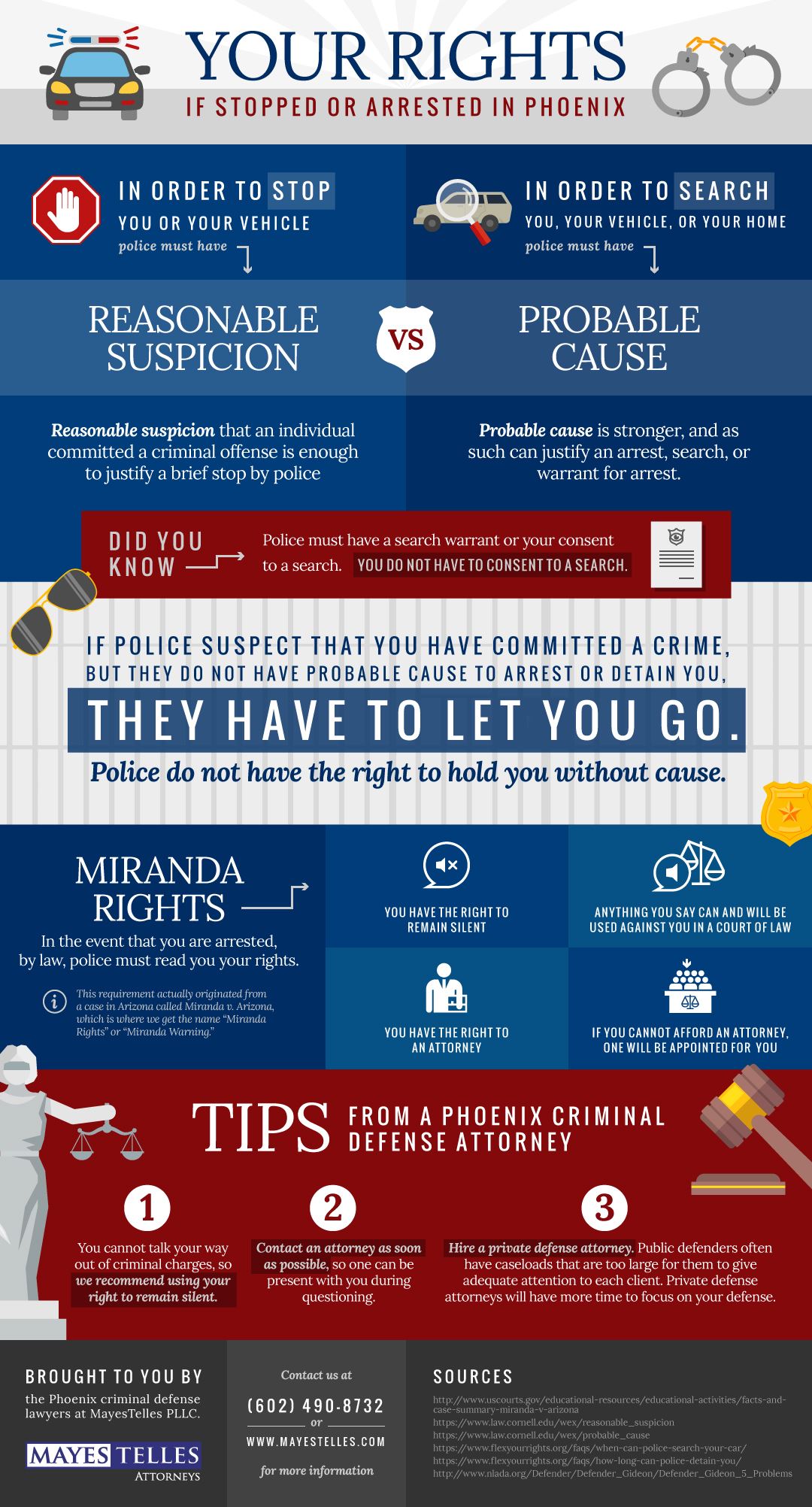What Occurs Throughout A Criminal Trial: A Detailed Introduction
What Occurs Throughout A Criminal Trial: A Detailed Introduction
Blog Article
Content Author-Winters Therkildsen
When you step into a criminal trial, you may be amazed by the structured procedure that unravels. Everything begins with court selection, where potential jurors are looked at for biases with an approach called "voir dire." Afterwards, both sides present their opening declarations, setting the stage for the evidence and testimonies to follow. You'll see just how the prosecution and defense build their instances, but what happens next can substantially influence the end result. Understanding these stages can reveal the complexities of justice, but there's more to discover concerning the defining moments that adhere to.
Jury Choice Refine
When it pertains to the jury choice procedure, you're diving into an important phase of a criminal trial. This process, usually called "voir dire," includes wondering about potential jurors to guarantee they're honest and with the ability of supplying a reasonable verdict.
You'll see both the prosecution and defense attorneys taking part proactively, each intending to select jurors who straighten with their instance's story.
Throughout voir dire, you'll discover that lawyers ask concerns regarding jurors' backgrounds, beliefs, and experiences. Their objective is to recognize any type of pre-existing predispositions that might affect a juror's choice. As a juror, you could really feel a mix of uneasiness and curiosity, yet your honesty is vital.
After examining, attorneys can challenge details jurors for cause if they think a juror can't stay unbiased. They can also make use of a restricted number of peremptory challenges to reject jurors without specifying a factor.
Test Phases Explained
The stages of a criminal test play a crucial function in making sure a fair and organized procedure.
You'll initially encounter the opening declarations, where both the prosecution and defense outline their instances. This establishes the stage for what's to come.
Next, the prosecution provides its proof and witnesses, intending to verify the accused's guilt past a practical uncertainty. You'll see straight assessment complied with by cross-examination, allowing both sides to challenge the presented info.
After the prosecution relaxes its situation, it's the defense's turn. They'll present their evidence and witnesses, usually concentrating on developing practical uncertainty. You'll discover that the defense does not need to confirm virtue; they simply need to challenge the prosecution's instance.
Once both sides have actually offered their disagreements, you'll listen to closing statements, where each celebration summarizes their instance. This is crucial as it strengthens their placements prior to the court deliberates.
Throughout these phases, the court guarantees that the test sticks to legal requirements which the legal rights of both events are shielded.
Comprehending these stages will aid you value the intricacies associated with a criminal trial and the importance of each step in the search of justice.
Decision and Sentencing
Besides evidence has actually existed and debates made, the jury or judge delivers a verdict, establishing the offender's guilt or virtue. If you're part of the jury, you'll mull over with your other jurors, talking about the evidence and your perceptions. This procedure can take some time, as you'll intend to make sure every person agrees on the judgment based on the truths.
Once a judgment is gotten to, it's introduced in court. If the offender is found guilty, the following phase is sentencing. This is when the court decides the proper penalty. You may observe that various elements affect the sentence, such as the seriousness of the criminal offense, the offender's previous record, and any type of mitigating circumstances.
The judge might enforce a range of sentences, from penalties and social work to jail time. Sometimes, the defense or prosecution can provide debates relating to sentencing, trying to guide the judge's decision.
If the offender is found not guilty, they're acquitted, and no penalty follows. click the up coming web page in mind that a guilty judgment can typically result in appeals, where the defendant may test the verdict or the sentence imposed.
Verdict
In a criminal trial, you've seen just how essential each step is, from court selection to the last decision. You've complied with the prosecution and protection as they construct their instances, intending to persuade the court. Once deliberation finishes up, the decision identifies the result, and if the accused is found guilty, the sentencing stage starts. Comprehending these procedures aids you value the intricacies of the justice system and the importance of each duty in ensuring a fair test.
